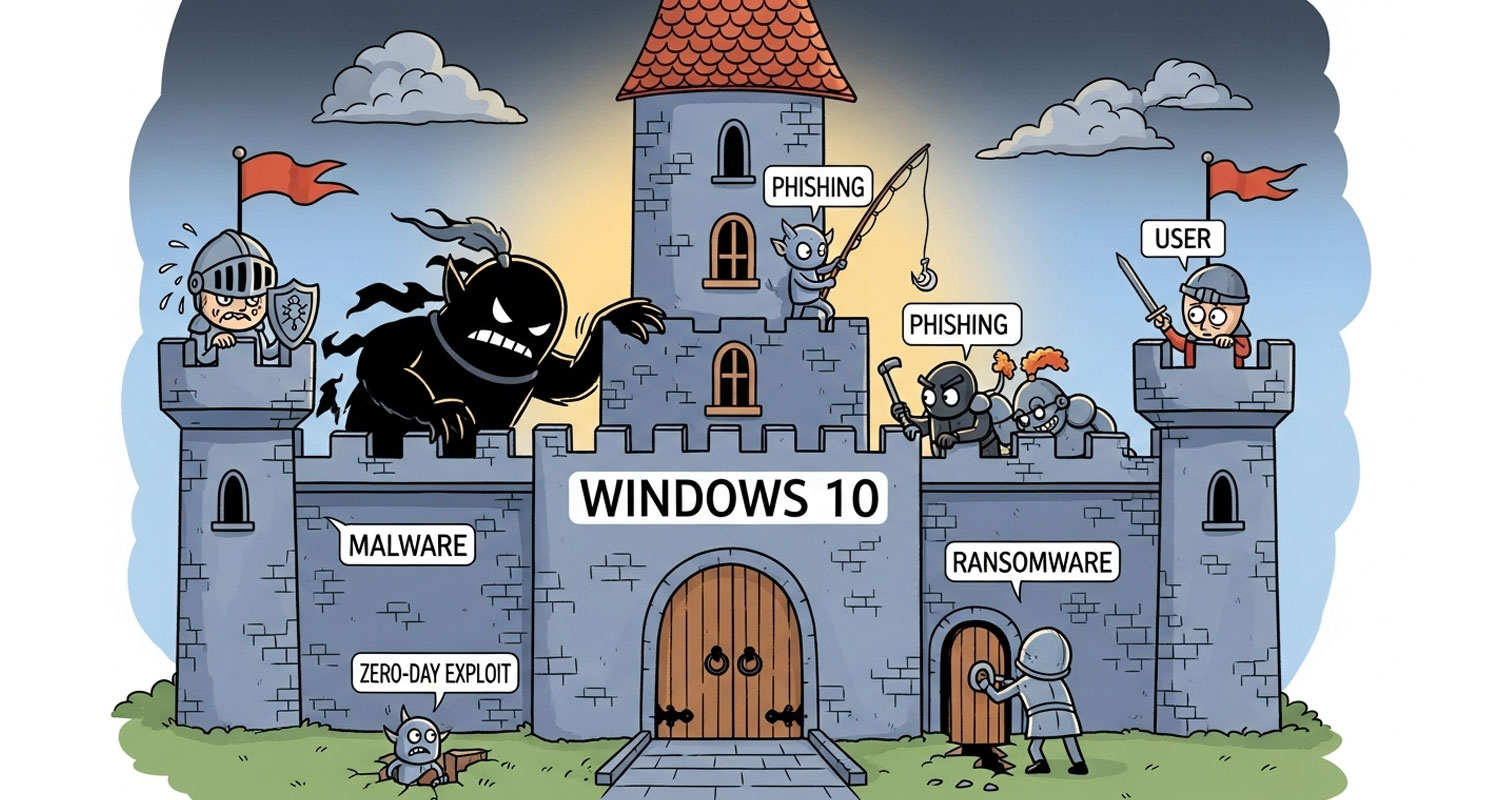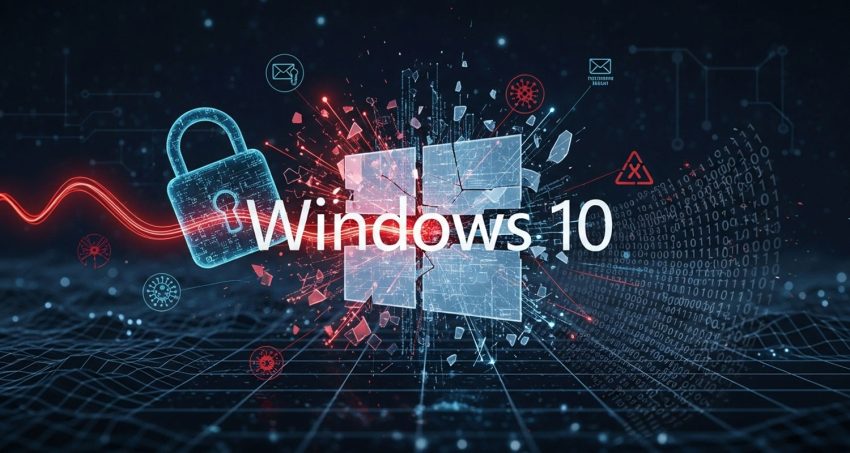 As the deadline looms for suspending support for Windows 10, nearly half of general users and 60% of corporate users are still using the ageing operating system.
As the deadline looms for suspending support for Windows 10, nearly half of general users and 60% of corporate users are still using the ageing operating system.
According to statistics from security software vendor Kaspersky, only 33% of respondents in a survey have upgraded their devices to Windows 11. In Africa, this figure stands at 35.95%, with 52.8% still using Windows 10 and 4.5% still on Windows 7. Windows 10 was released 10 years ago, in July 2025; Windows 7 came out in October 2009.
With support for Windows 10 set to end in October 2025, Kaspersky recently conducted a study based on anonymised operating system metadata to find out how many devices worldwide are still running the software.
It said in a statement on Thursday that when an operating system reaches end of life, unresolved security vulnerabilities remain unpatched, meaning cybercriminals can exploit them. Therefore, it recommends that users upgrade Windows 10 to safeguard their personal or business network risk.
“Migrating to a newer OS may be misguidedly perceived as an unnecessary and even disruptive action offering only minor new features, while complicating existing workflows because of interface changes,” said Kaspersky security expert Oleg Gorobets.
“A system not receiving security updates is like a house with a rotting fence that can be knocked down with just a single kick. The risk for both general and corporate business users far outweighs any minor inconveniences of moving to a new OS version.”
For corporate IT and IT security departments, keeping business-critical software up to date is a priority, it said. Timely updates are essential to mitigate against security risks and prevent costly data breaches as well as financial and reputational damage.
Extended support
Among business audiences, Windows 10 is used more on corporate devices (59.5%) than those belonging to small businesses (51%).
Kaspersky warned that outdated operating systems in corporate infrastructure also brings significant risk for businesses because systems may become incompatible with newer software and security tools.
Although the end of Windows 10 is near, there is a way for both companies and individuals to get up to an extra three years of security updates for the software.
Read: Bye-bye, Microsoft: Huawei launches its first non-Windows laptop
The Windows 10 extended security updates programme is Microsoft’s paid plan that allows users to keep receiving security updates for up to 36 months. The prices will go up each year.
For individuals, an “enrolment wizard” allows them to choose to sync their settings to the cloud, redeem a thousand Microsoft Rewards points or pay US$30. Commercial organisations can subscribe to the plan for $61/device.
 For cloud and virtual environments, Windows 10 devices accessing Windows 11 Cloud PCs through Windows 365 or virtual machines are entitled to the plan at no additional cost. They will automatically receive security updates with no extra steps required.
For cloud and virtual environments, Windows 10 devices accessing Windows 11 Cloud PCs through Windows 365 or virtual machines are entitled to the plan at no additional cost. They will automatically receive security updates with no extra steps required.
This will give businesses, governments and individual users more time to move to the new operating system without immediately exposing their systems to security risks.
While the security programme will give Windows 10 users another three years of support, it does not include new features, non-security updates, design change requests or technical support. —(c) 2025 NewsCentral Media
Get breaking news from TechCentral on WhatsApp. Sign up here.

